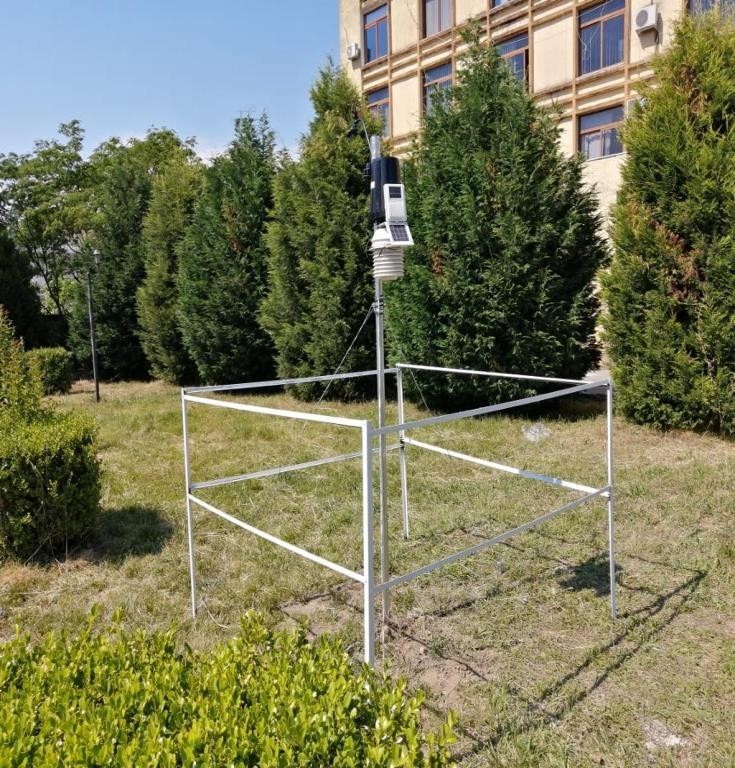Meteorology Network
Meteorological monitoring in Albania is carried out through surveys with manual and automatic meteorological stations:
Manual meteorological stations
The activity in the field of meteorological monitoring in Albania starts with the first observations at the meteorological station in Durrës in 1868. Since that time, the distribution of manual meteorological stations has come to a wider spread in the territory, improving according to the standards of the World Meteorological Organization.
Data from manual stations are measured in a classic way, every day, in the constant presence of an observer. Nowadays, manual meteorological stations are divided into three categories of stations, pluviometric, meteorological and climatic. Pluviometric stations measure a set of elements such as rainfall height, snow, hail or other elements such as frost, dew, fog, cloudiness, etc. Meteorological stations have a wider range of elements , including temperatures, precipitation, wind direction, wind speed, etc. As for the climate stations, they measure the complete set of climate elements, including sunshine, atmospheric pressure, air humidity, surface and deep soil temperatures, etc.

Automated Meteorological Stations
Automatic meteorological observations are carried out through a more advanced technology for measuring meteorological elements within the criteria and standards provided by the World Meteorological Organization.
Automatic meteorological stations have their own categorization according to the typology of the meteorological station. These can be pluviometric, thermometric and pluviometric or with a wider range of elements. The advantage of automatic metrological stations is the most frequent meteorological time measurements with fairly small time intervals. These stations work by archiving measured data or by broadcasting in real time through various computer programs. Optimizing meteorological observations using automatic simultaneous stations provides a more complete meteorological monitoring, increasing opportunities for more in-depth scientific research to be closer to the social and economic needs of the country.

